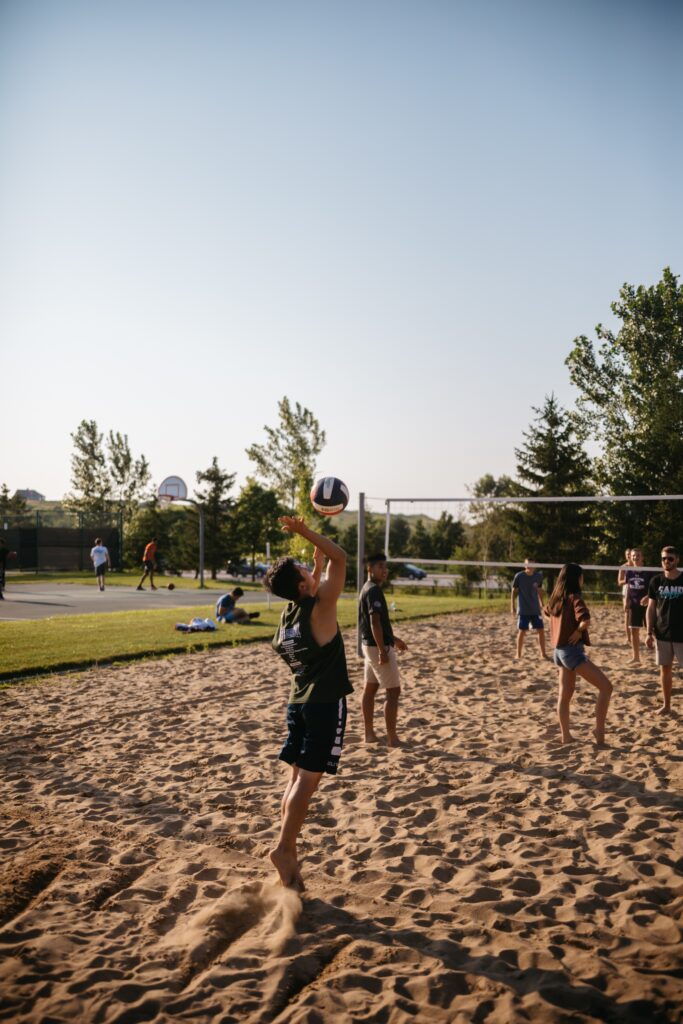Volleyball players are often taught to swing with a high elbow in order to generate more power and accuracy in their hits. However, recent research has shown that a low elbow position may be more effective and efficient in producing a powerful and accurate swing.
The biomechanics of a volleyball arm swing involve the coordination and movement of multiple joints, including the shoulder, elbow, and wrist. The shoulder is responsible for generating the initial power and momentum in the swing, while the elbow and wrist work together to control the trajectory and direction of the hit.
When the elbow is in a high position, the shoulder is placed in a position of excessive internal rotation, which can lead to overuse injuries such as rotator cuff strains and impingements. Additionally, the high elbow position can limit the range of motion of the shoulder and elbow, reducing the potential for power generation in the swing.
On the other hand, a low elbow position allows for a more natural and efficient movement of the shoulder and elbow, resulting in a more powerful and accurate swing. This position also decreases the risk of overuse injuries by placing the shoulder in a more neutral position.
Physical therapy can help volleyball players optimize their arm swing by addressing any muscle imbalances, mobility limitations, or pain that may be affecting their performance. A physical therapist can work with the player to improve their shoulder and elbow mobility and stability, as well as teach them proper technique for a low elbow swing.
In summary, while a high elbow position has been traditionally taught in volleyball, research suggests that a low elbow position may be more effective and efficient in producing a powerful and accurate swing. Physical therapy can help volleyball players achieve optimal biomechanics and kinematics in their arm swing through addressing muscle imbalances, mobility limitations, and pain.


